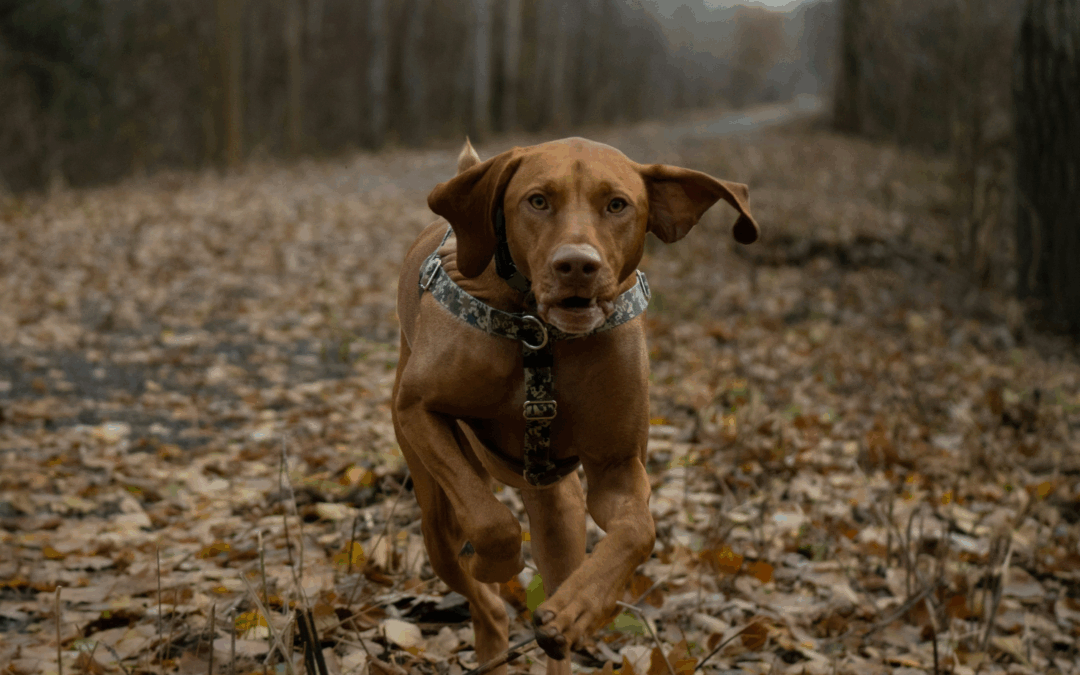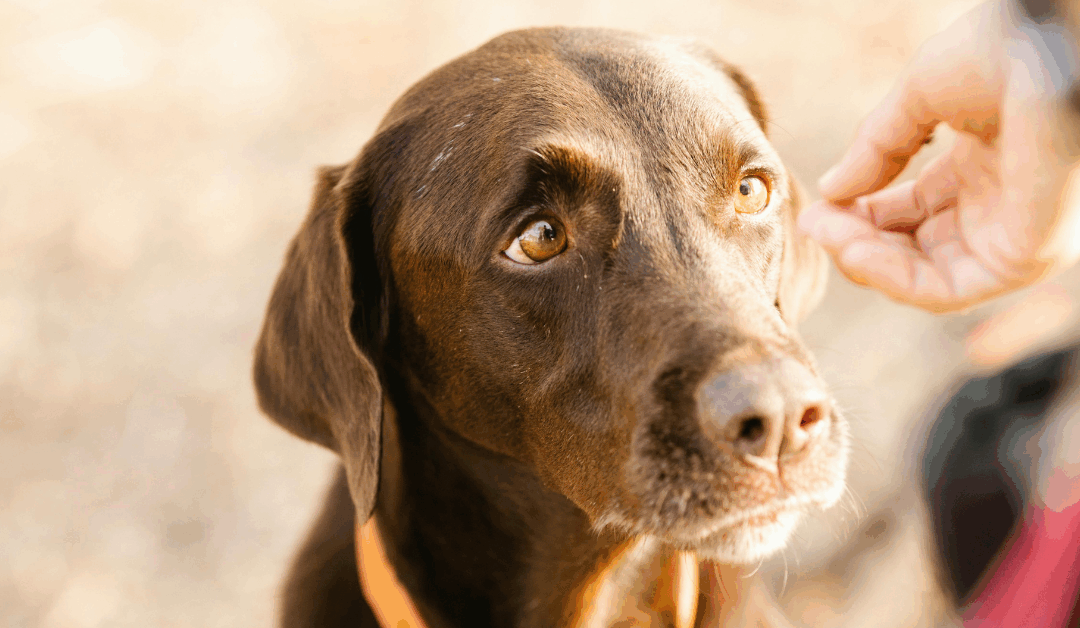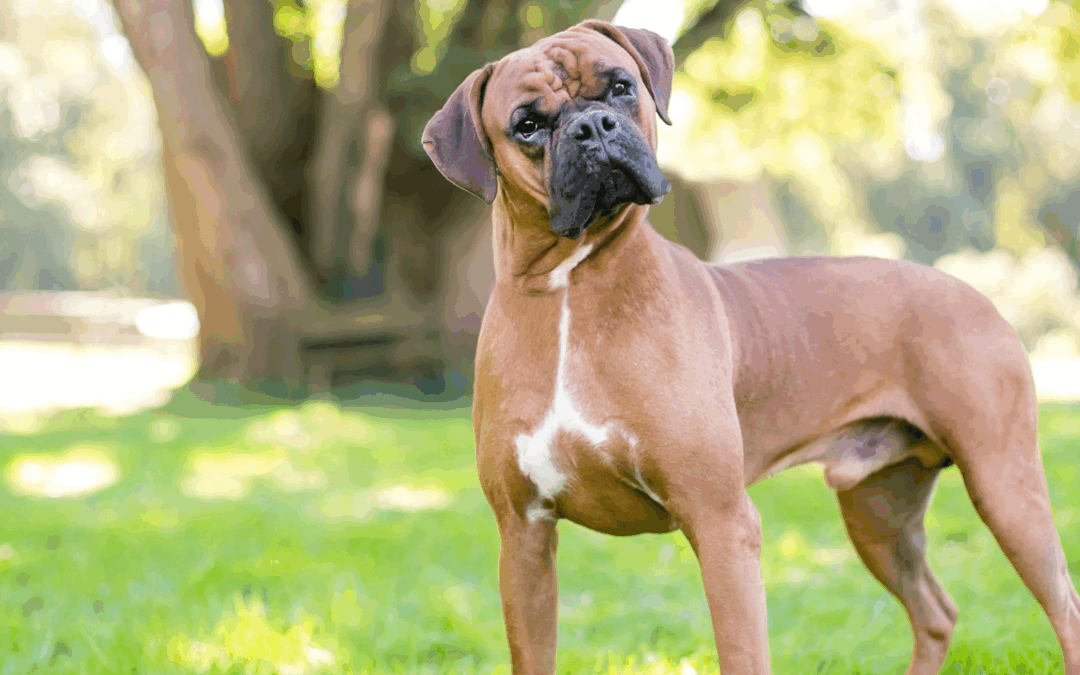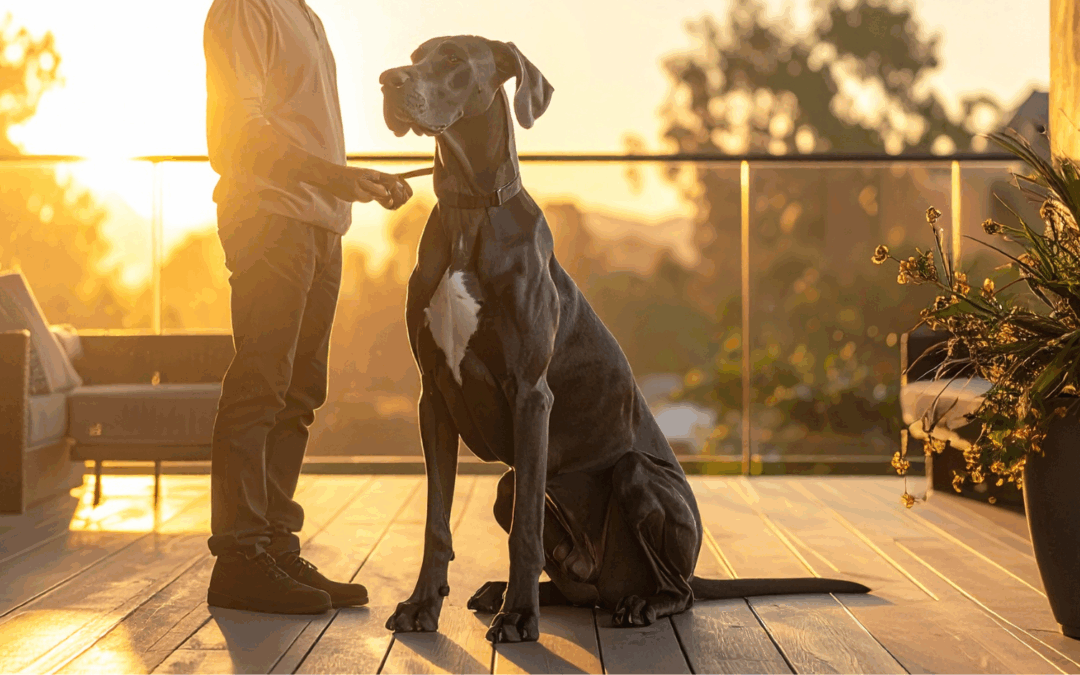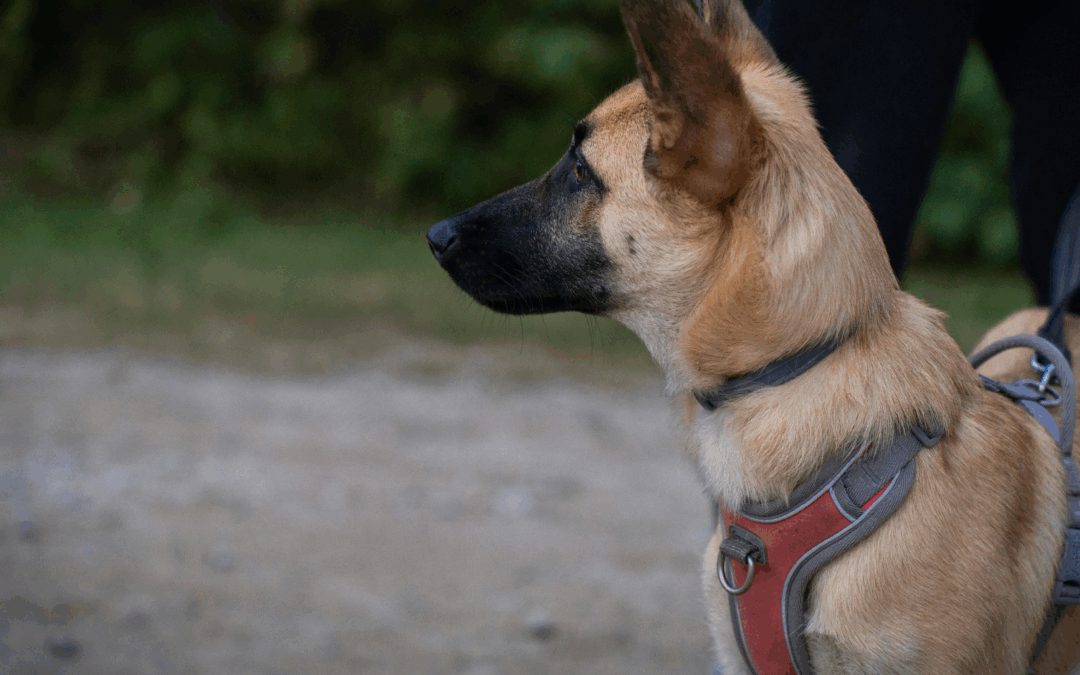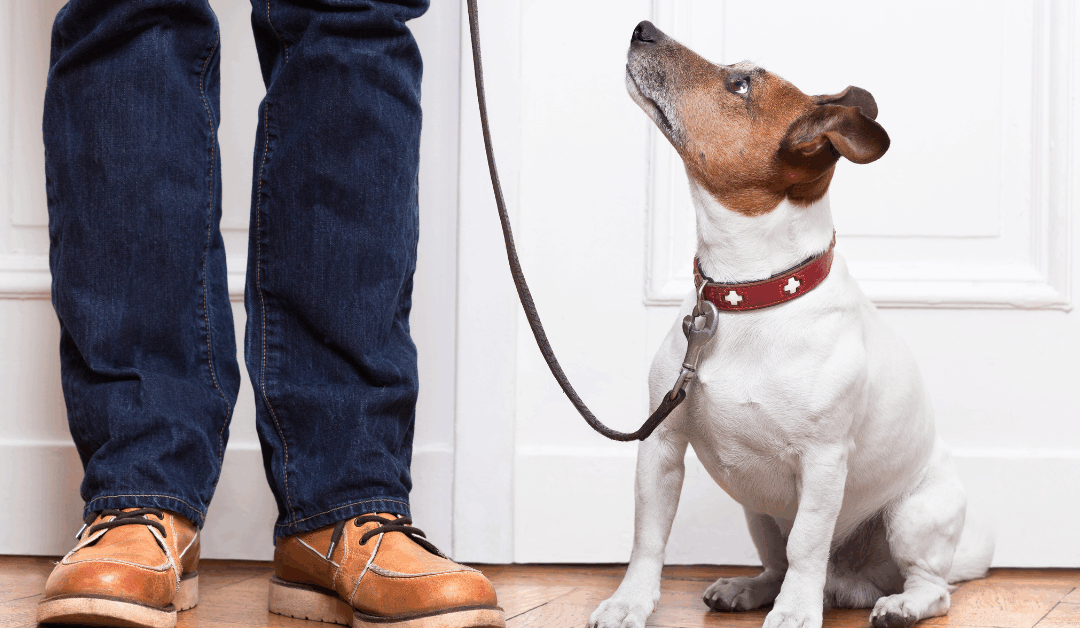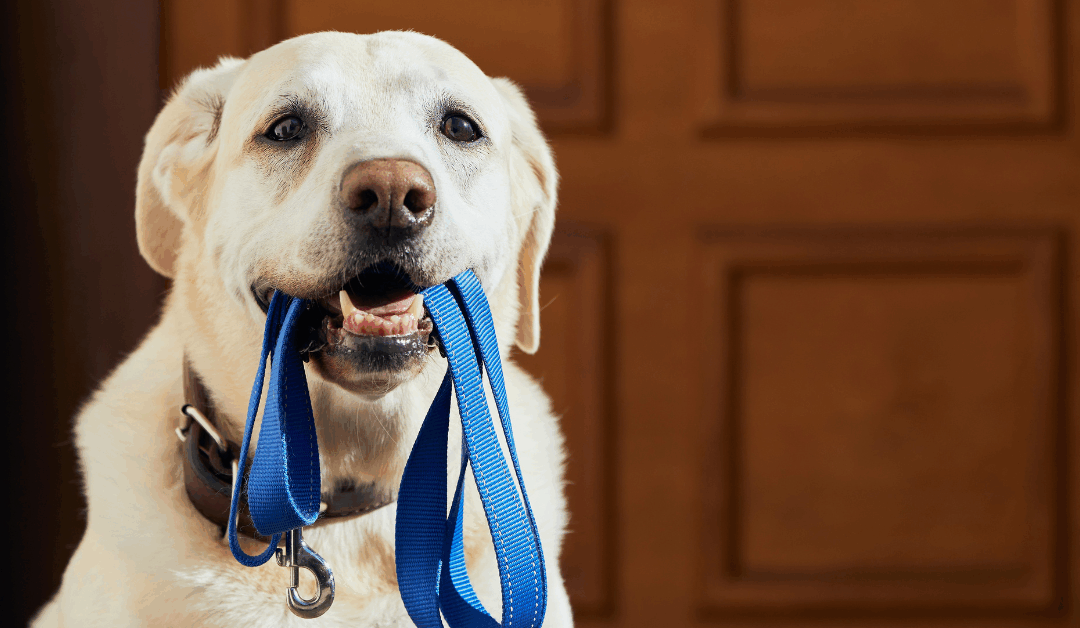Dog aggression affects countless families across the DMV area and beyond. After working with over 400 families, I’ve seen the same frustrating patterns emerge time and again—devoted dog owners making well-intentioned mistakes that accidentally fuel their pet’s aggressive behavior.
The stress of living with an aggressive dog can feel overwhelming. You love your furry companion, but barking, biting, and lunging make simple activities like walks or having guests over feel impossible. The good news? Aggression doesn’t make your dog “bad.” It’s a communication issue we can resolve together.
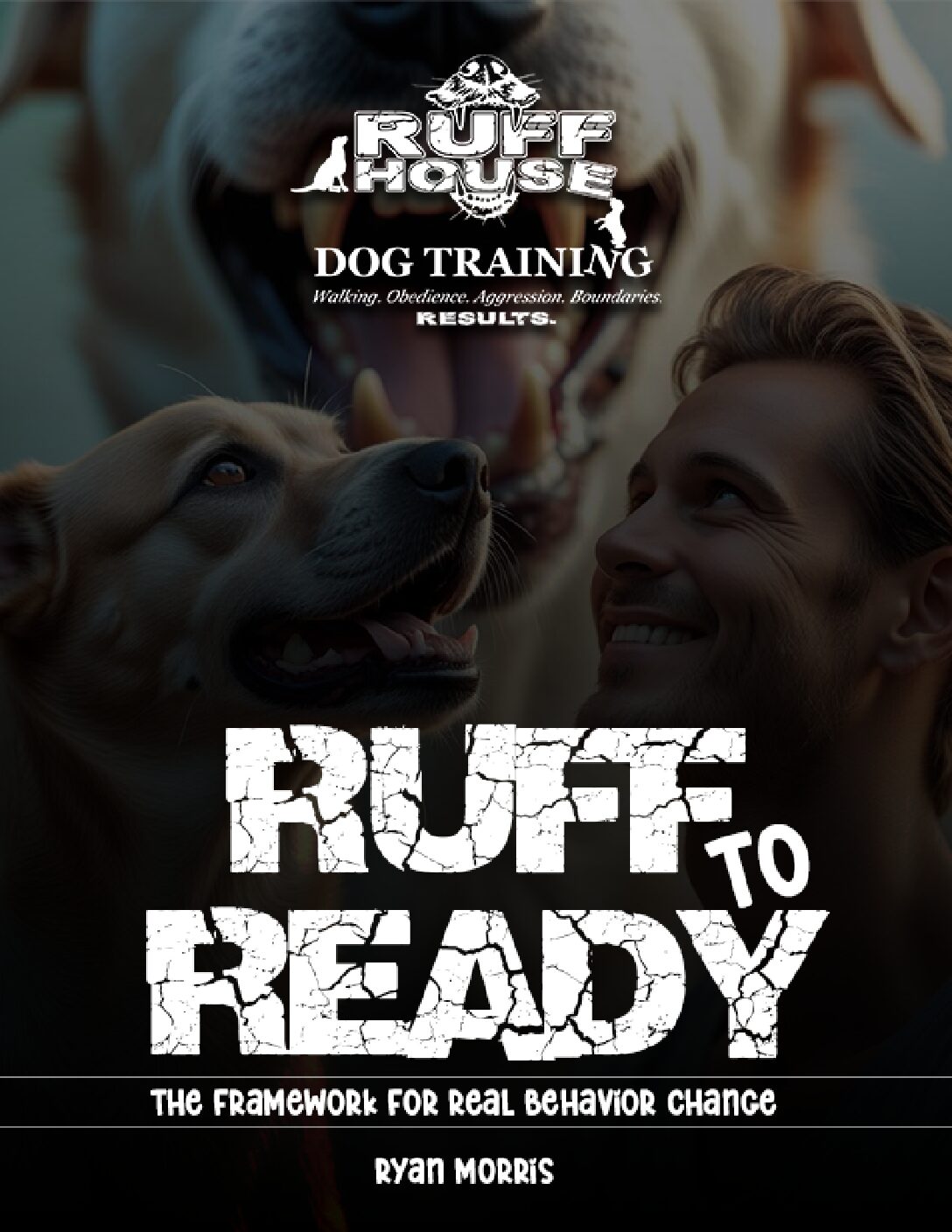
Unlock Real Behavior Change – Download Your Free Guide Now
"*" indicates required fields
Whether you’re dealing with resource guarding, fear-based reactivity, or territorial behavior, understanding these common aggressive dog training mistakes will help you transform your relationship with your dog. Let’s explore what’s going wrong and how to fix it.
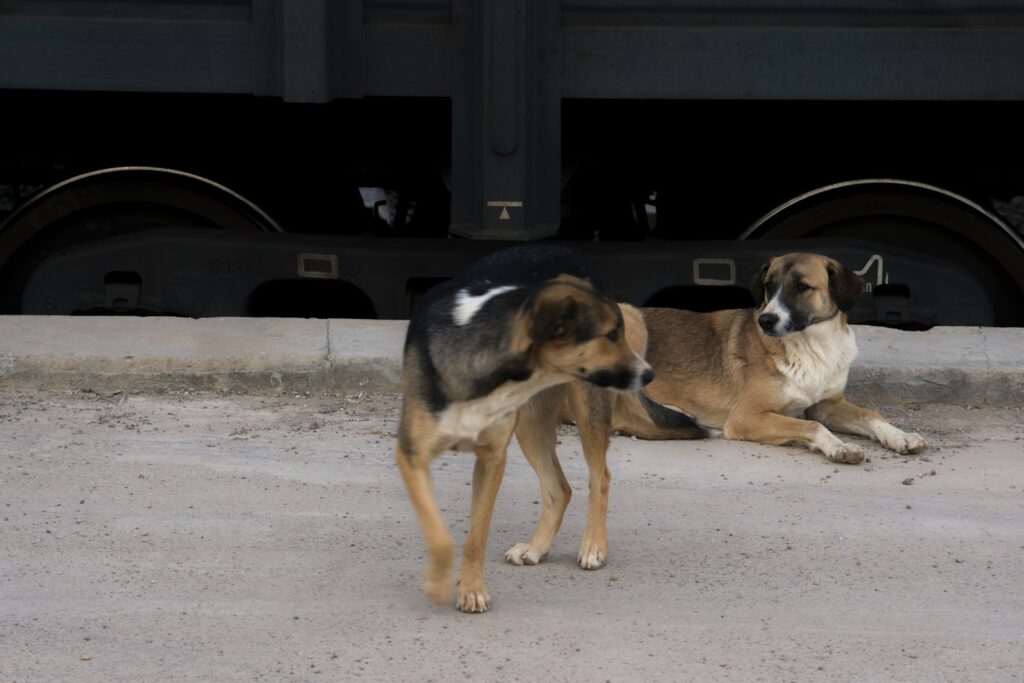
Photo by Javad Esmaeili on Unsplash
Understanding Dog Aggression
What Is Dog Aggression?
Dog aggression is your pet’s way of communicating discomfort, fear, or stress through intimidating behaviors. These warning signals—growling, stiff body language, or baring teeth—aren’t acts of malice. Instead, they’re your dog’s attempt to create distance from perceived threats.
Most aggressive behavior stems from poor socialization, fearful experiences, or inconsistent training. Dogs who haven’t learned proper communication skills with humans often resort to aggressive displays when they feel overwhelmed or cornered.
Can Aggression Be Trained Out of a Dog?
Here’s the truth: aggression isn’t “cured” like an illness, but it can absolutely be managed and transformed through proper training. With consistent structure, clear communication, and professional guidance, even severely reactive dogs can learn alternative ways to handle stressful situations.
The key lies in building your dog’s confidence while establishing yourself as a calm, trustworthy leader. When your pet learns to trust your judgment about safety, their need to react aggressively diminishes significantly.
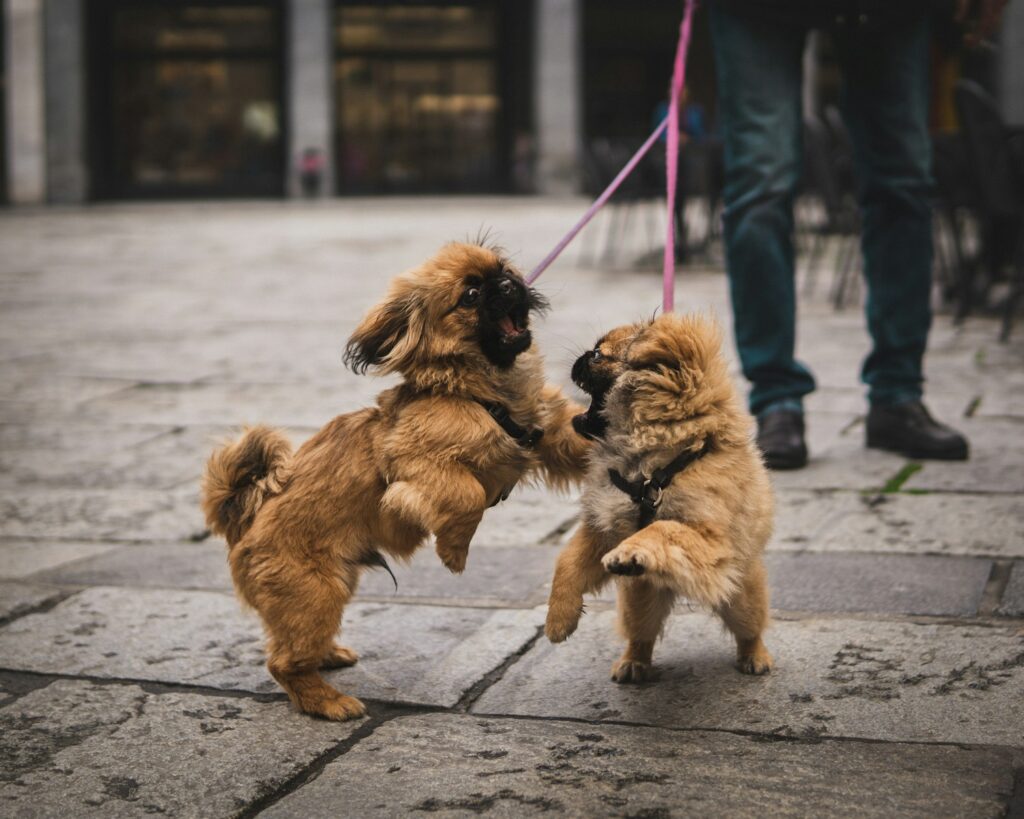
Photo by Collins Lesulie on Unsplash
The 10 Most Common Mistakes Dog Owners Make
1. Ignoring Early Warning Signs in Body Language
Many dog owners miss subtle warning signals before aggression escalates. Lip licking, whale eyes (showing the whites), stiff posture, or low growling are all your dog’s polite ways of saying “I’m uncomfortable.”
How to fix it: Learn to read your dog’s body language and intervene before they feel the need to escalate. Create distance from triggers and redirect their attention to you using positive reinforcement.
2. Using Punishment Instead of Redirection
Harsh corrections, yelling, or physical punishment increase fear and stress—the root causes of most aggressive behavior. Punishment may temporarily suppress the warning signs, but it doesn’t address the underlying emotional state.
How to fix it: Focus on redirecting your dog’s attention and rewarding calm behavior. Use positive interruption techniques like calling their name or asking for a simple command they know well.
3. Inconsistent Training (Different Rules for Different People)
When family members enforce different rules or use varying commands, dogs become confused and anxious. This inconsistency undermines your training efforts and can actually increase reactive behavior.
How to fix it: Establish clear household rules that everyone follows. Create a simple command chart for family members and ensure everyone uses the same words and expectations.
4. Avoiding Socialization
Many owners of reactive dogs stop exposing them to new people, animals, and environments. While this might seem protective, it actually reinforces fearful behavior and limits your dog’s ability to learn coping skills.
How to fix it: Implement controlled, positive exposure at your dog’s comfort level. Start with distant observations of triggers and gradually decrease distance as your pet shows calm behavior.
5. Not Addressing Resource Guarding
Resource guarding—protecting food, toys, furniture, or even family members—is a serious form of aggression that tends to escalate without intervention. Many owners hope their dog will “grow out of it.”
How to fix it: Work with a professional dog trainer experienced in resource guarding protocols. Never attempt to forcibly take items from a guarding dog, as this increases the behavior’s intensity.
6. Letting Fearful Dogs “Figure It Out” Alone
Some owners believe fearful dogs need to face their fears independently. This approach often backfires, creating more intense fear responses and potential aggression when dogs feel they have no escape.
How to fix it: Provide controlled, positive experiences with feared stimuli. Support your dog through scary situations rather than forcing them to cope alone.
7. Expecting a Quick Fix
Aggression training is a journey that requires patience and consistency. Many owners give up too quickly when they don’t see immediate results, or they stop practicing once initial improvements appear.
How to fix it: Commit to long-term practice and maintenance. Behavioral change takes time, and skills need regular reinforcement to become permanent habits.
8. Failing to Build Confidence in the Dog
Fearful dogs often display aggressive behavior because they lack confidence in their ability to handle stressful situations. Without confidence-building exercises, these dogs remain reactive to perceived threats.
How to fix it: Incorporate confidence-building activities like basic obedience training, puzzle toys, and structured play into your daily routine. Success in small tasks builds overall confidence.
9. Using the Wrong Training Program or Trainer
Not all dog trainers have experience with aggression cases. Working with someone who uses outdated methods or lacks proper credentials can worsen behavioral problems.
How to fix it: Research potential trainers thoroughly. Look for professionals with specific aggression experience, positive reviews, and certifications from reputable organizations.
10. Ignoring Your Dog’s History
Past trauma, genetics, and early experiences all influence your dog’s behavior. Ignoring these factors leads to unrealistic expectations and ineffective training approaches.
How to fix it: Work with a trainer who considers your dog’s complete history when developing a training plan. Genetic tendencies and past experiences inform proper treatment approaches.
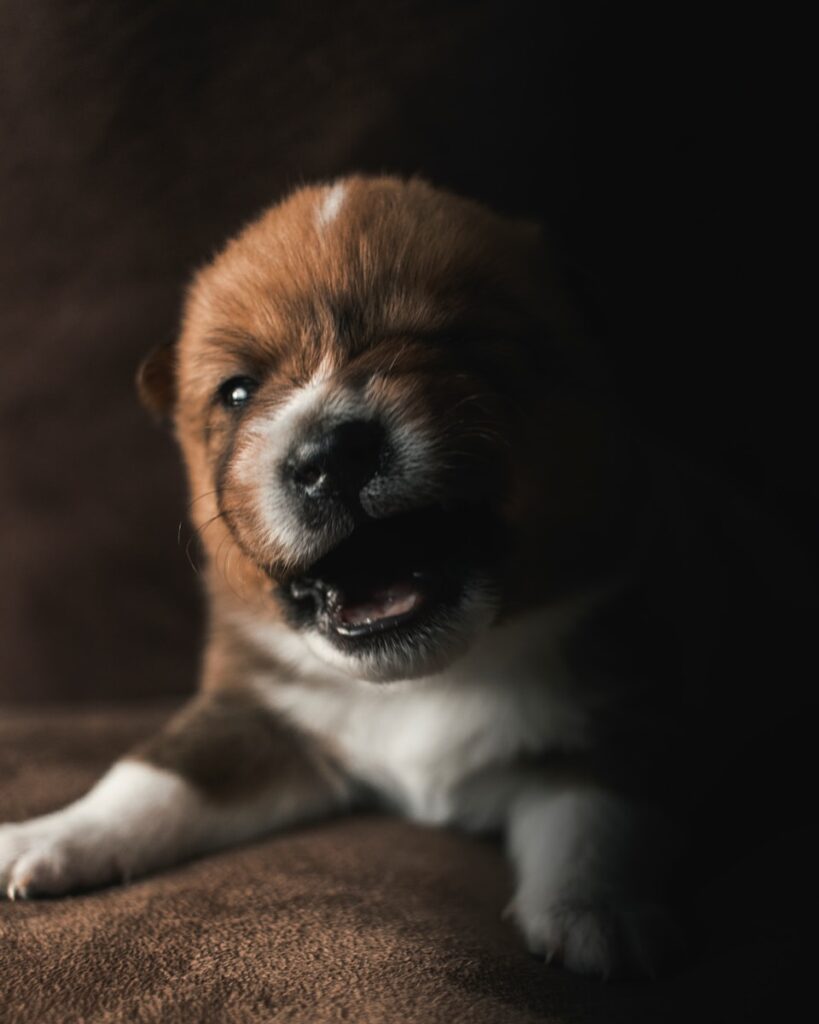
Photo by Daniel Lincoln on Unsplash
How To Fix Aggressive Behavior the Right Way
The Best Training Methods for Aggressive Dogs
Effective aggression training combines structure, positive reinforcement, and real-world application. At Ruff House Dog Training, we use pressure and release techniques alongside controlled exposure and desensitization protocols.
Every training program should be tailored to your specific dog’s triggers, history, and family situation. Cookie-cutter approaches don’t work for complex behavioral issues like aggression.
Practical Solutions That Work
Structured walks teach your dog to focus on you rather than potential triggers in the environment. When your pet learns to check in with you regularly during walks, their reactivity naturally decreases.
Confidence-building exercises like basic obedience commands, place training, and impulse control games help your dog develop better coping skills for stressful situations.
Environmental management sets your dog up for success by controlling their exposure to triggers while they’re learning new behaviors.
Why Unlimited Post-Session Support Matters
Aggressive behavior doesn’t follow a predictable timeline. Questions and challenges arise weeks or months after formal training sessions end. Unlike large franchise trainers, Ruff House provides unlimited post-session support because we know lasting change requires ongoing guidance.
When you can call your trainer anytime issues arise, you have the confidence to maintain your dog’s progress long-term.
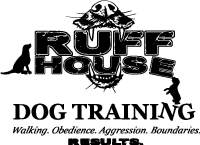
When To Call a Professional Dog Trainer
Signs It’s Time to Get Help
Don’t wait until someone gets hurt. Contact a professional trainer immediately if your dog displays:
- Biting, even without breaking skin
- Intense growling or snarling
- Lunging at people or other animals
- Guarding food, toys, or furniture aggressively
- Fearful reactions that include snapping
- Any behavior that makes family members feel unsafe
How Ruff House Can Help
Our veteran-owned business offers several programs designed specifically for aggressive dogs:
90-Minute Miracle sessions provide immediate tools and techniques to start improving behavior right away.
6-Week Obedience programs establish structure and communication foundations that reduce overall reactivity.
Custom aggression programs address complex cases with tailored approaches based on your dog’s specific triggers and history.
We bring discipline, empathy, and proven methods to every training session—no judgment, just real solutions that work.
Frequently Asked Questions
Can any dog’s aggression be fixed?
While every dog is different, most aggressive behavior can be significantly improved with proper training. The key is working with an experienced trainer who understands the underlying causes of your dog’s reactivity.
How long does aggression training take?
Behavioral change is a process, not a quick fix. Most families see initial improvements within the first few sessions, but lasting change typically takes several months of consistent practice.
Is it safe to train an aggressive dog at home?
With proper guidance from a qualified trainer, yes. We provide you with safe techniques and management strategies to practice between sessions.
What’s the difference between fear-based and dominance-based aggression?
Fear-based aggression stems from anxiety and stress, while dominance-based aggression involves resource guarding or territorial behavior. Both require different training approaches.
Can aggressive dogs be around children?
This depends entirely on the specific dog, their triggers, and the level of training achieved. Some dogs can safely live with children after proper training, while others may need more restrictive management.
Educational Resources on Dog Aggression and Its Signs
- American Kennel Club (AKC)
The AKC provides a wealth of information on dog behavior, including articles on recognizing and managing aggression in dogs. Their resources are backed by expert advice and are great for both new and experienced dog owners.
Visit: www.akc.org - ASPCA (American Society for the Prevention of Cruelty to Animals)
The ASPCA offers detailed guides on understanding dog aggression, its causes, and how to address it humanely. They also provide tips on reading canine body language to spot early signs of aggression.
Visit: www.aspca.org - The Humane Society of the United States
This organization provides practical advice on handling aggressive behavior in dogs, including training tips and when to seek professional help. Their resources emphasize positive reinforcement techniques.
Visit: www.humanesociety.org - International Association of Animal Behavior Consultants (IAABC)
The IAABC offers resources for pet owners, including articles and webinars on dog aggression. They also provide a directory of certified behavior consultants who can help with aggressive dogs.
Visit: www.iaabc.org - Dog Decoder App
This app is an interactive tool designed to help dog owners understand canine body language. It’s especially useful for identifying subtle signs of stress or aggression before they escalate.
Available on: Google Play and App Store
Transform Chaos Into Harmony | Aggressive Dog Training
Canine aggression doesn’t have to control your home. With the best course of action—patience, consistency, and professional training—most people can help even severely reactive dogs learn to trust, relax, and handle life’s stressful situations. Whether it’s a puppy starting to show possessive tendencies over toys or food, or an older dog who gets scared by strangers and feels the need to chase or guard their territory, there’s always a way forward.
The truth is, aggression often comes from fear, pain, lack of socialization, or even past abuse. When we identify what’s really happening, we can build lessons that teach dogs confidence, control on the leash, and how to stand calmly instead of reacting. Some dogs guard the couch, the bed, or their favorite toy out of pride or confusion—but with the right course and schedule, they can be taught better choices.
Your dog isn’t broken. They may feel unable to cope with certain triggers now, but once they’re properly socialized and guided, they can learn to respond differently. Even dogs that seem impossible today often become the most rewarding companions once communication is clear. Many families who once felt hopeless now look back with pride at how far their dogs have come.
So if you’re interested in real solutions, don’t wait. Watch all the YouTube videos you want, but lasting change happens with structured lessons tailored to your dog’s age, history, and personality. Together, we can restore peace to your household and give your dog the chance to thrive.
Ready to get started? Book your training session today and take the first step toward transforming stress into success with your dog.



